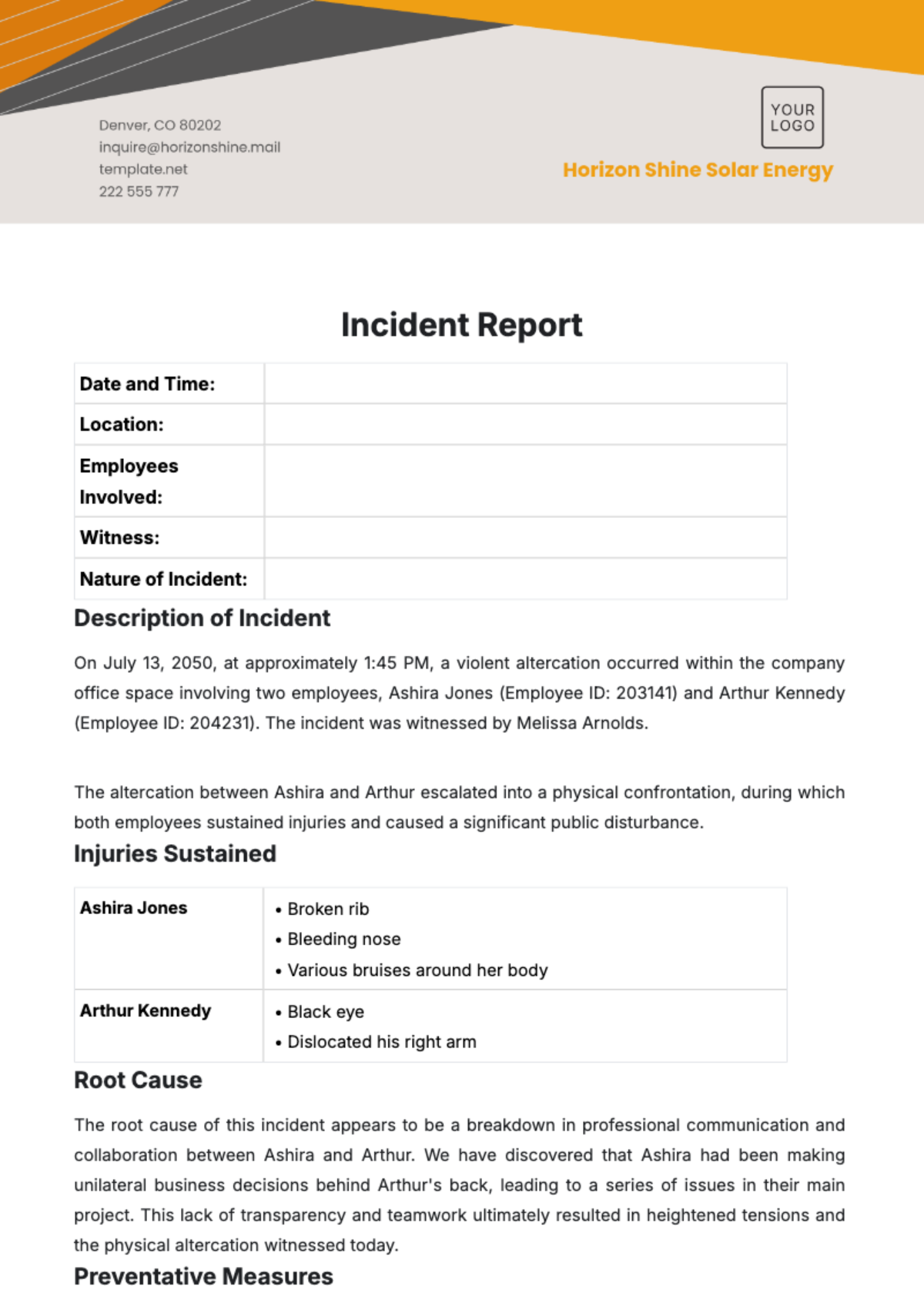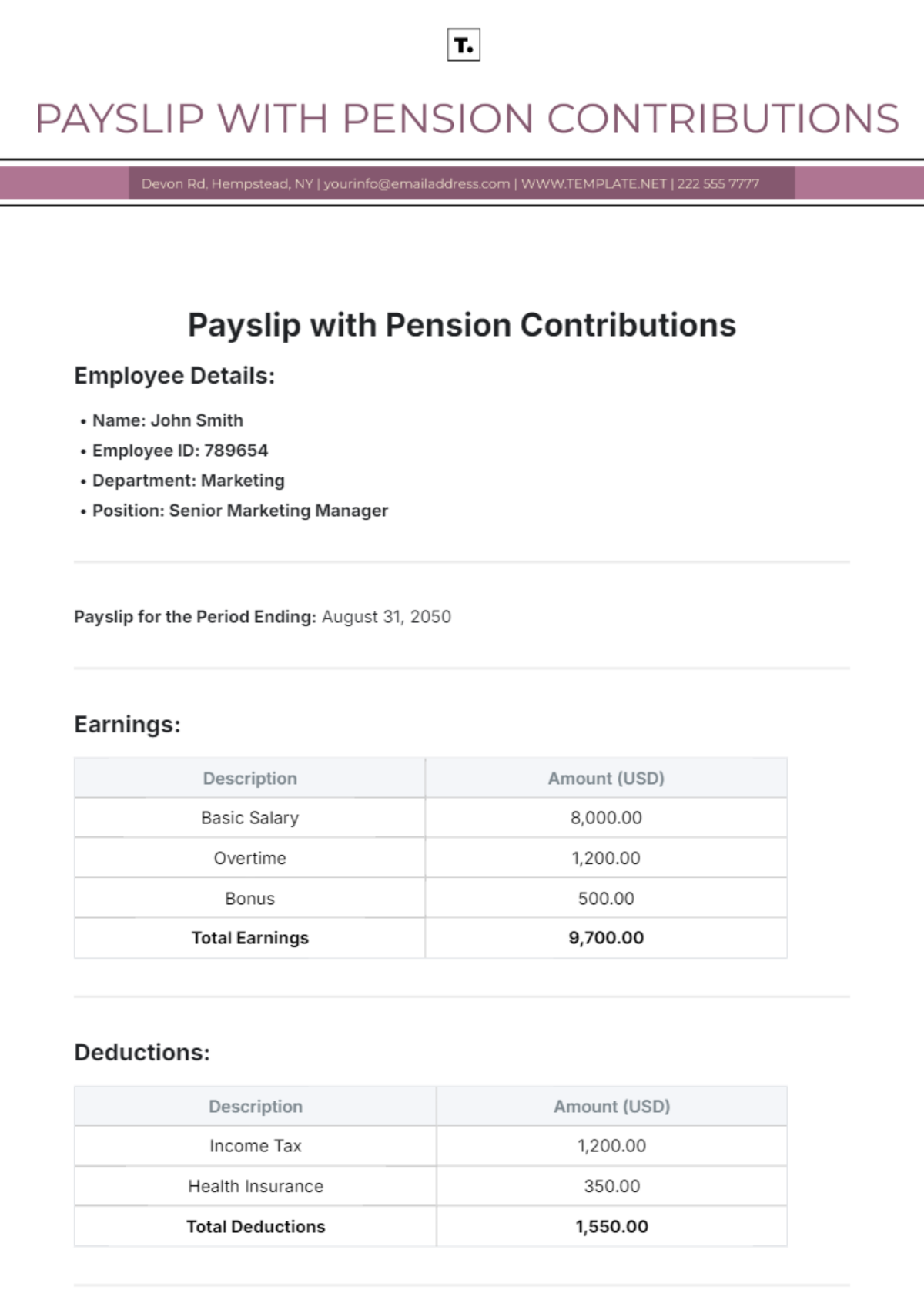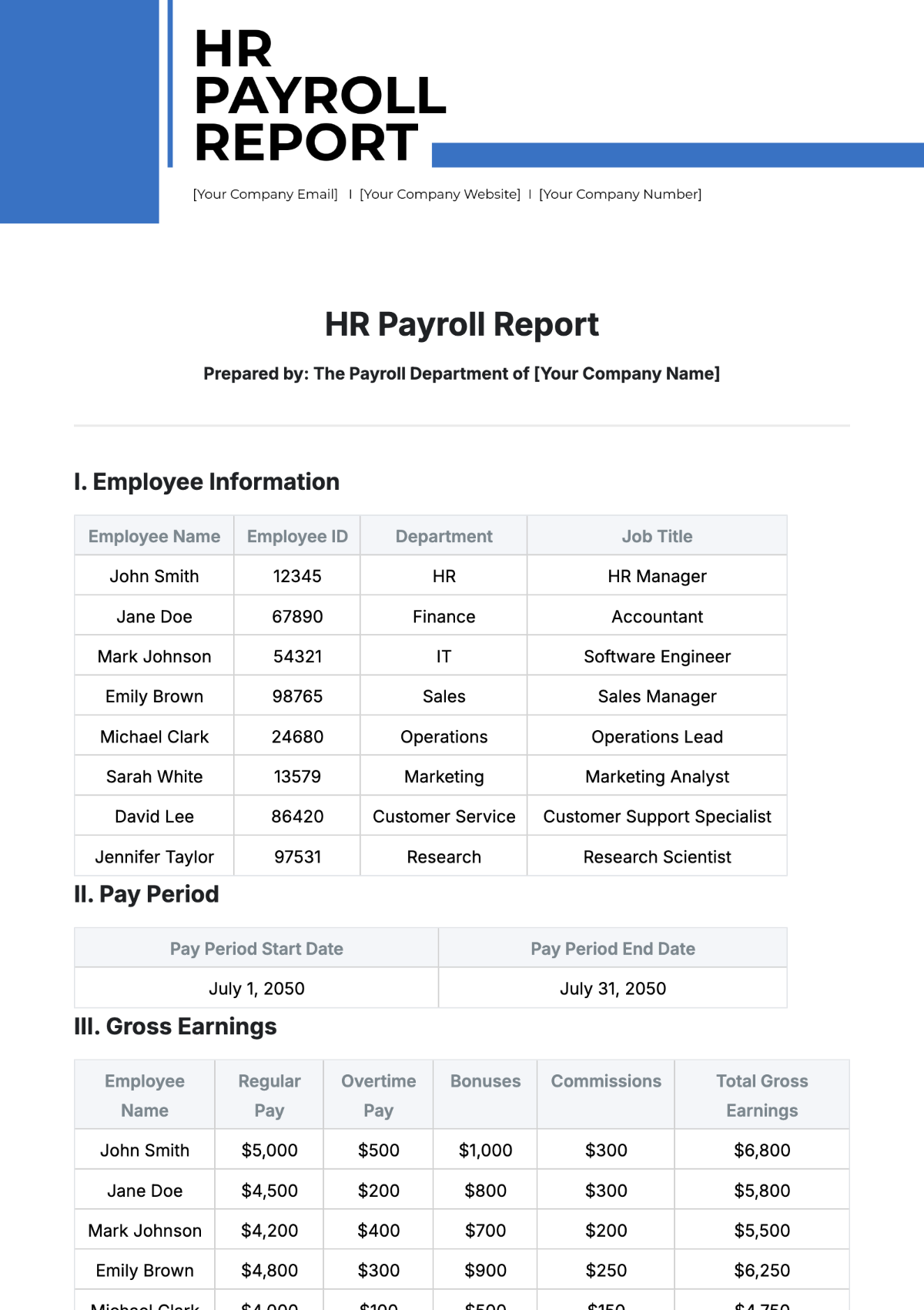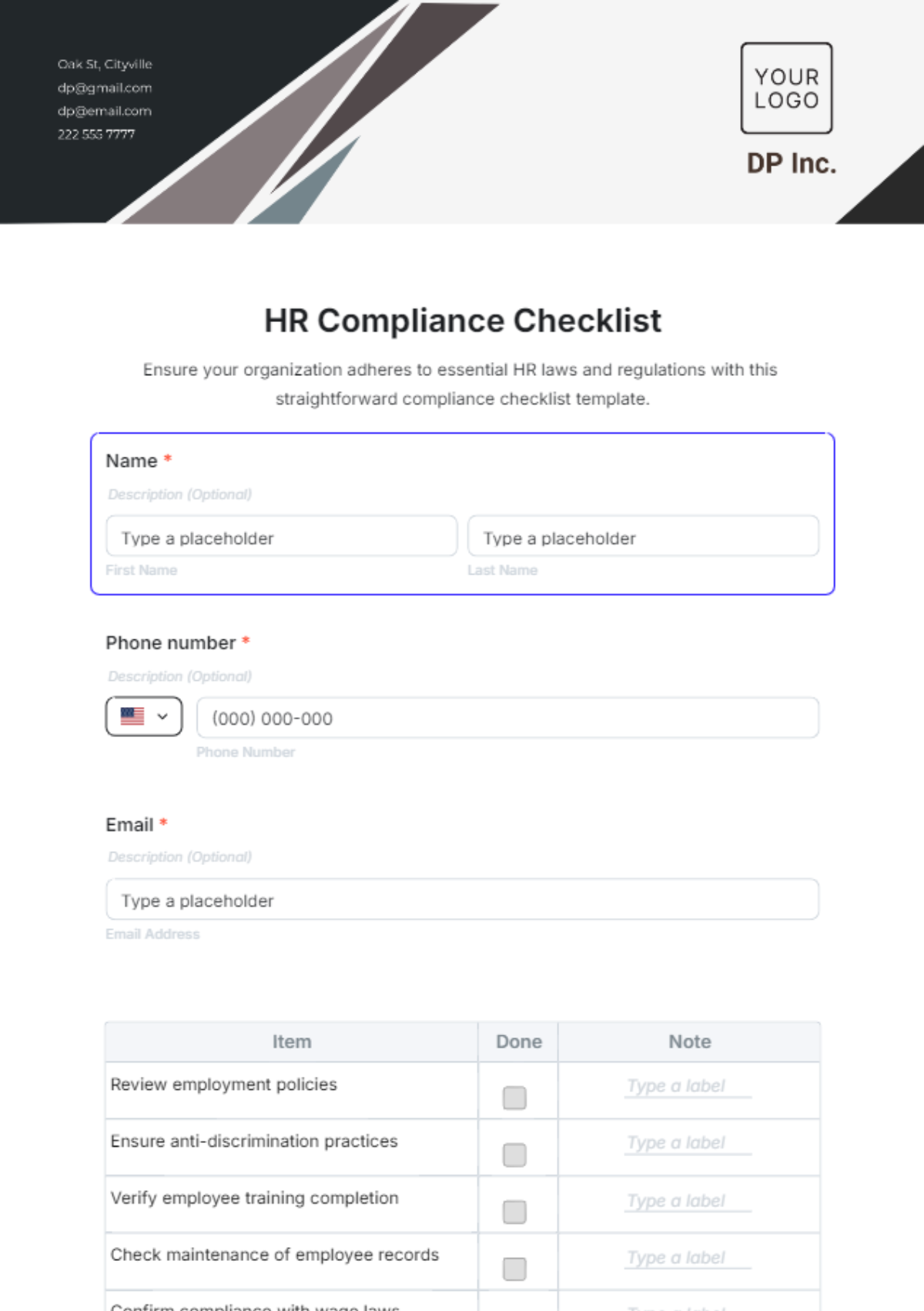Advanced Training Methods
& Techniques Study
Table of Contents
I. Introduction ................................................................................................................3
II. Research Methodology ............................................................................................4
III. Literature Review .....................................................................................................5
IV. Advanced Training Methods & Techniques ..........................................................6
V. Customization and Personalization ........................................................................7
VI. Technology Integration...........................................................................................8
VII. Evaluation and Assessment - Importance and User Benefits ...........................9
VIII. Case Studies - Importance and User Benefits .................................................10
IX. Legal and Compliance Considerations - Importance and Benefits ...................11
X. Budget and Resource Allocation - Importance and Benefits .............................12
XI. Implementation Plan - Effective Training Execution ...........................................13
XII. Training Team and Responsibilities - Collaborative Training Success ............14
XIII. Monitoring and Reporting - Ensuring Training Effectiveness ..........................15
Conclusion ....................................................................................................................15
I. Introduction
Purpose of the Study
The purpose of this "Advanced Training Methods & Techniques Study" is to explore innovative and effective approaches to training and development within [Your Company Name] and the broader HR community in the United States. This study aims to enhance the training methods and techniques employed by organizations to improve employee skills, knowledge, and performance in a legal and ethical manner.
Scope and Objectives
The primary objectives of this study include:
|
Legal and Ethical Considerations
[Your Company Name] is committed to compliance with all relevant HR legal and ethical guidelines within the United States.
Some key considerations include:
Equal Employment Opportunity (EEO)
Anti-Harassment and Anti-Discrimination
ADA Compliance
Intellectual Property Rights
Research Methodology
Research Design
We have adopted a mixed-methods approach, combining both quantitative and qualitative research methods to provide a comprehensive understanding of advanced training methods and their impact.
Quantitative Research | Qualitative Research |
Surveys | In-Depth Interviews |
Data Analytics | Focus Groups |
Case Studies |
Data Collection Methods
We will use a combination of primary and secondary data collection methods to gather comprehensive information for this study:
Data Analysis Techniques
To analyze the data collected, we will employ a range of data analysis techniques:
Quantitative Analysis | Qualitative Analysis |
|
|
Participant Selection Criteria
Participants for surveys, interviews, and focus groups will be selected based on the following criteria:
HR Professionals
Employees.
Case Studies
Literature Review
Overview of Training Methods and Techniques
Training Methods and Techniques can include:
Classroom Training | Traditional face-to-face instructor-led training. |
On-the-Job Training (OJT) | Learning while performing job tasks. |
E-Learning | Online courses and modules delivered through digital platforms. |
Mentorship and Coaching | One-on-one guidance from experienced professionals. |
Gamification | Incorporating game elements into training to enhance engagement. |
Virtual Reality (VR) and Augmented Reality (AR) | Immersive technology-driven training. |
Emerging Trends in Training and Development
Emerging trends include:
Artificial Intelligence (AI) Big Data Analytics Mobile Learning Peer Learning and Social Learning Neuroscience and Cognitive Learning Blockchain for Credentials |
Continuous Learning Culture
Legal and Compliance Considerations in Training
Equal Employment Opportunity (EEO)
Anti-Harassment and Anti-Discrimination Training
Americans with Disabilities Act (ADA) Compliance
Intellectual Property Rights
IV. Advanced Training Methods & Techniques
Technology-Driven Training
Personalized Learning
Experiential and Simulation-Based Trai
Data-Driven Training
|
Customization and Personalization
In this section of the "Advanced Training Methods & Techniques Study," we explore the critical aspects of customization and personalization in training, recognizing their paramount importance in today's dynamic work environments.
Tailoring Training Programs to Individual Needs
One-size-fits-all training approaches are giving way to methods that embrace the individuality of employees. Customization involves adapting training programs to address specific skill gaps, learning preferences, and career goals. This not only boosts engagement but also ensures that training is directly relevant to each employee's role. Key elements include:
Skills Assessment: Conducting comprehensive skills assessments to identify individual strengths and weaknesses. This data informs the customization process, allowing for precise targeting of areas that require improvement.
Flexible Learning Paths: Offering multiple learning paths based on employee needs and proficiency levels. For example, beginners may follow a different path than experienced employees, ensuring that training aligns with their current skill set and objectives.
Content Modularity: This modularity enables a highly personalized learning experience, where individuals can focus on what matters most to them.
Resource Accessibility: Providing a variety of learning resources, such as videos, articles, and interactive quizzes, allowing employees to choose how they learn best. This fosters autonomy and personalization in the learning process.
Technology Integration
Effective technology utilization not only enhances training experiences but also presents essential considerations regarding accessibility, inclusivity, and data security.
Leveraging Technology for Training
Learning Management Systems (LMS)
Mobile Learning
Interactive Content
AI and Machine Learning
Virtual Reality (VR) and Augmented Reality (AR
Ensuring Accessibility and Inclusivity
While embracing technology, it's crucial to ensure that training remains accessible and inclusive for all employees, regardless of their abilities or circumstances:
Accessibility Features: Implementing features such as screen readers, subtitles, and alternative text for multimedia content to accommodate employees with disabilities. These features ensure that all employees can access and benefit from training materials.
Universal Design: Adopting universal design principles that consider diverse learner needs from the outset, making training content inherently accessible to a broad audience.
Compliance with ADA: Ensuring that all digital training materials comply with the Americans with Disabilities Act (ADA) accessibility requirements to provide equitable access for employees with disabilities.
Inclusive Content: Creating training content that reflects diverse perspectives, backgrounds, and cultures, fostering an inclusive learning environment where all employees feel represented and valued.
Cybersecurity and Data Privacy Concerns
As technology becomes more integral to training, organizations must address cybersecurity and data privacy concerns to protect sensitive information:
Data Encryption User Authentication Data Privacy Compliance Security Training Regular Audits |
Evaluation and Assessment - Importance and User Benefits
Measuring Training Effectiveness
Why Measure Training Effectiveness?: Understanding the vital significance of measuring training effectiveness is crucial for users. It allows organizations to make data-driven decisions and justify their investment in training. By highlighting this importance, users gain a clear sense of the value evaluation brings to their training programs.
Methods of Measuring Effectiveness
Explaining various methods for assessing training effectiveness empowers users to choose the most suitable approach based on their specific training goals. Recognizing that each method has unique strengths and weaknesses helps users make informed decisions regarding evaluation strategies.
Kirkpatrick's Model
Introducing Kirkpatrick's Four-Level Model underscores its utility as a widely recognized framework. Users can appreciate how this model simplifies the evaluation process by categorizing it into four levels:
Reaction
Learning
Behavior
Results
This understanding aids in structuring their own evaluations effectively.
Key Performance Indicators (KPIs) for Training
Identifying Relevant KPIs: The emphasis on aligning KPIs with organizational goals and training objectives is invaluable for users. It guides them in selecting KPIs that genuinely reflect the impact of their training efforts, ensuring that their evaluations are meaningful and directly contribute to organizational success.
Gathering Feedback and Continuous Improvement
Feedback Collection Methods
Data Analysis and Interpretation
Feedback Integration
Iterative Training Enhancement
Case Studies - Importance and User Benefits
Showcase of Successful Implementation
User Inspiration: Draw motivation from knowing that others have achieved tangible results through innovative training methods.
Practical Application: Gain insights into the practicality and feasibility of implementing these strategies in their own contexts.
Validation of Approaches: Users can gain confidence in adopting these approaches, knowing they have been proven to deliver positive outcomes.
Industry-Specific Examples
Relevance to User's Industry
Industry Trends and Innovation
Benchmarking and Comparison
Legal and Compliance Considerations - Importance and Benefits
Equal Employment Opportunity (EEO) and Diversity Training
Legal Compliance This knowledge helps organizations understand that compliance with EEO laws is not just an ethical responsibility but also a legal requirement. This understanding helps avoid potential legal liabilities and disputes. Fostering Inclusion Organizations benefit by gaining insights into how these training programs can foster diverse and equitable environments, leading to improved teamwork, innovation, and employee satisfaction. Risk Mitigation By implementing EEO and diversity training, organizations can proactively mitigate risks associated with discrimination and harassment claims. These programs can help create a safer and more inclusive workplace, reducing the likelihood of legal issues. |
Anti-Harassment and Anti-Discrimination Training
Legal Compliance This knowledge helps organizations avoid legal consequences and reputational damage. Creating a Safe Workplace Organizations benefit from insights into how anti-harassment and anti-discrimination training can create a safer and more respectful workplace. Employee Well-being Organizations learn that anti-harassment and anti-discrimination training contribute to a healthier and more productive workforce, which ultimately benefits the organization. |
ADA Compliance in Training Materials
Legal Compliance
Inclusive Training
Avoiding Accessibility Barriers
Intellectual Property Rights and Training Content
Legal Protection: Organizations understand that respecting copyright and intellectual property laws is essential to avoid legal disputes.
Content Licensing: This knowledge empowers organizations to make informed decisions when using third-party content or creating their own training resources, reducing the risk of copyright infringement.
Risk Mitigation: This ensures that the organization’s training materials do not inadvertently infringe on others' rights, protecting the organization from potential legal consequence.
Budget and Resource Allocation - Importance and Benefits
Cost Estimates for Advanced Training Methods
Financial Planning encourages thoughtful financial planning, ensuring that funds are allocated wisely to support training initiatives.
Sample Financial Planning Table:
Training Method | Estimated Cost ($) | Resource Requirements |
Virtual Reality (VR) | $25,000 | VR headsets, software licenses |
E-Learning Platform | $15,000 | Content development team |
In-Person Workshops | $5,000 | Trainers, materials |
Online Assessments | $10,000 | Assessment tools, servers |
Total Budget Allocation | $55,000 |
ROI Assessment
ROI Assessment plays a pivotal role in measuring the return on investment for training programs. It involves calculating the ROI using the following formula:
ROI = ((Net Gain from Investment - Cost of Investment) / Cost of Investment) * 100
By understanding the financial impact of training, organizations can make informed decisions, refine strategies, and prioritize investments that yield the highest return, ultimately ensuring that resources are allocated efficiently and effectively
Implementation Plan - Effective Training Execution
This section guides organizations in developing a structured implementation plan for advanced training methods. It emphasizes phased execution, clear timelines, and content relevance for successful training delivery.
Phases of Implementation
Structured Approach
Progress Tracking:
Risk Mitigation
Training Timeline
Organizations learn that a well-defined timeline sets expectations, helps allocate resources efficiently, and ensures that training milestones are met.
Sample Training Timeline
Phase | Activities | Start Date | End Date |
Planning | Needs assessment, resource allocation | [Start Date] | [End Date] |
Content Development | Curriculum creation, materials production | [Start Date] | [End Date] |
Pilot Testing | Trial run of training program | [Start Date] | [End Date] |
Implementation | Rollout of training to target audience | [Start Date] | [End Date] |
Evaluation and Refinement | Assessing training effectiveness | [Start Date] | [End Date] |
Training Team and Responsibilities - Collaborative Training
Clearly defined duties ensure the seamless execution of training programs, fostering synergy among teams for optimal training outcomes.
Sample Roles and Responsibilities of Training Personnel:
Role | Responsibilities |
Training Manager |
|
Instructional Designer |
|
Trainers |
|
Subject Matter Experts (SMEs) |
|
IT Support Specialists |
|
HR Coordinator |
|
Monitoring and Reporting - Ensuring Training Effectiveness
In this section, we outline the key components of monitoring and reporting within training programs:
Ongoing Monitoring of Training Programs
Reporting to Stakeholders
Compliance Reporting
|
Conclusion
In summary, this study highlights the critical role of advanced training methods in fostering organizational growth and employee development. It underscores the need for a strategic approach to training, incorporating technology, customization, and compliance. Looking ahead, the future holds exciting opportunities for further innovation in training methods, promising even more significant impacts on organizations and their workforce.
















































